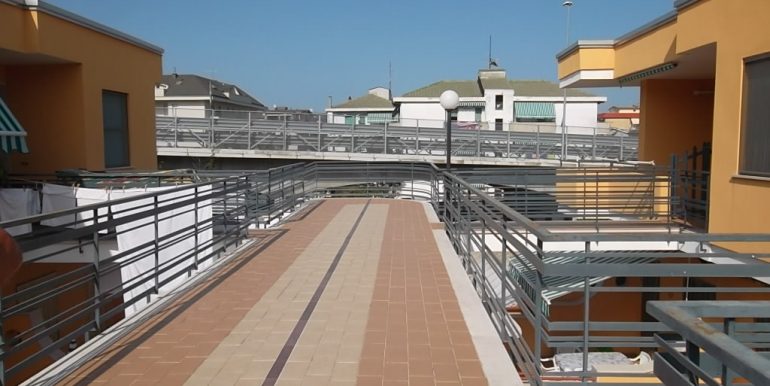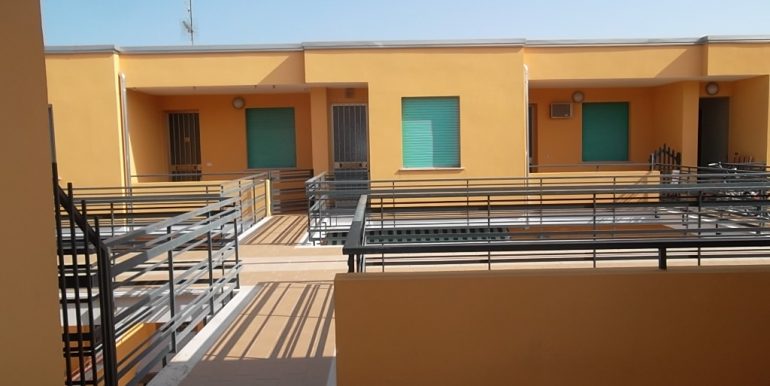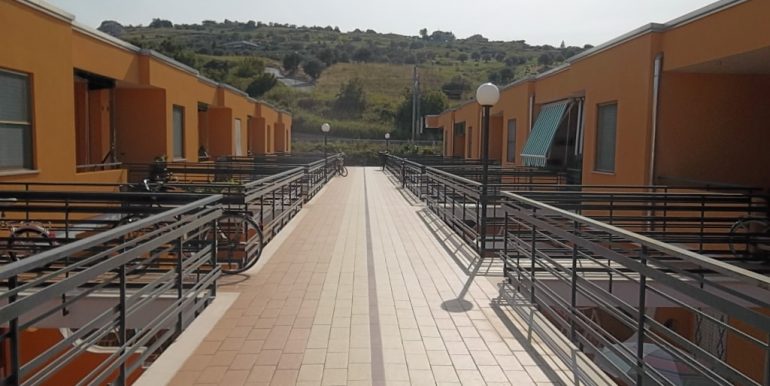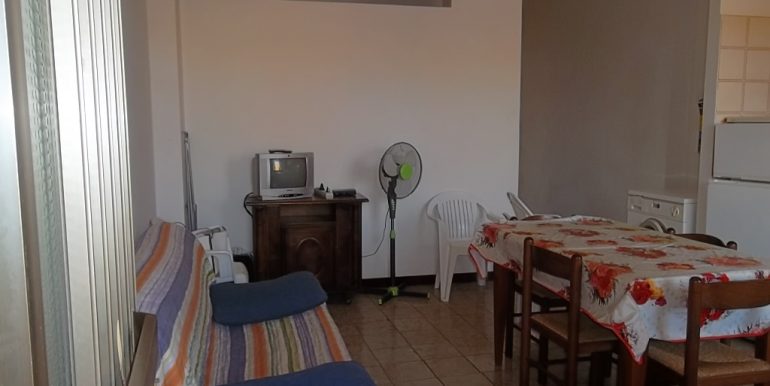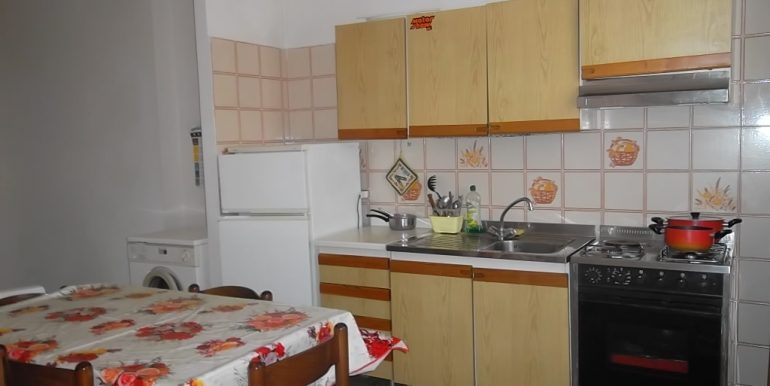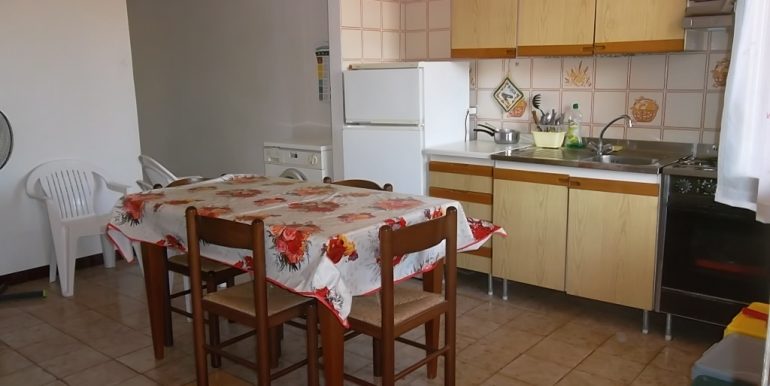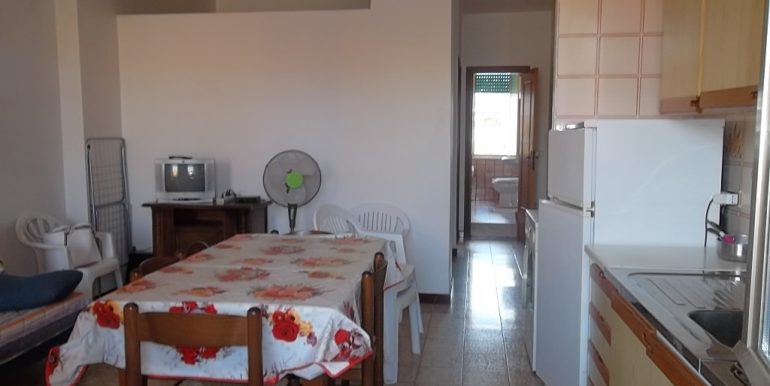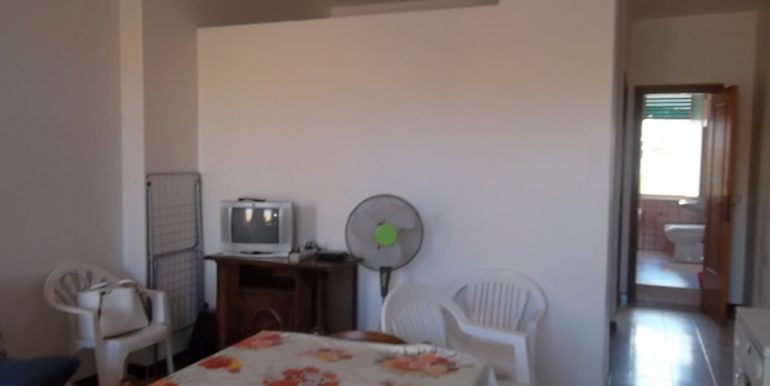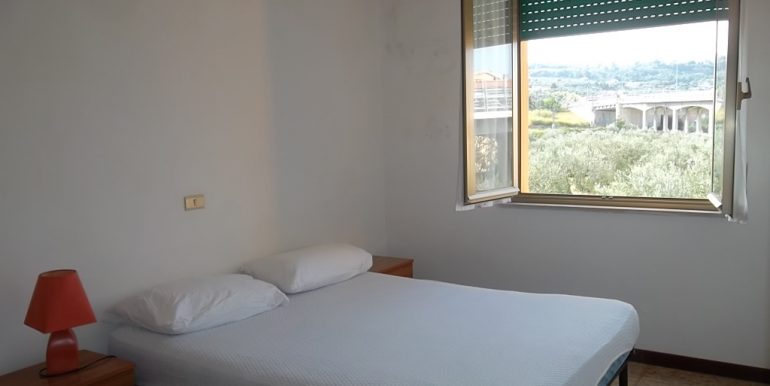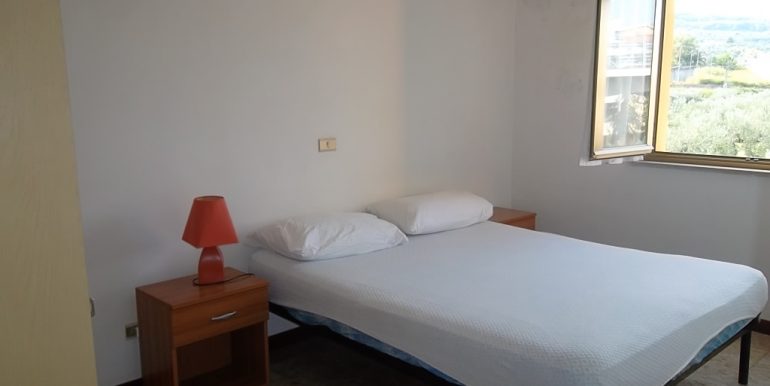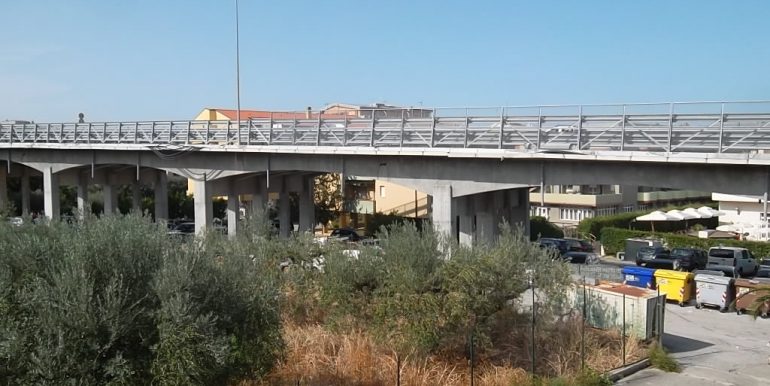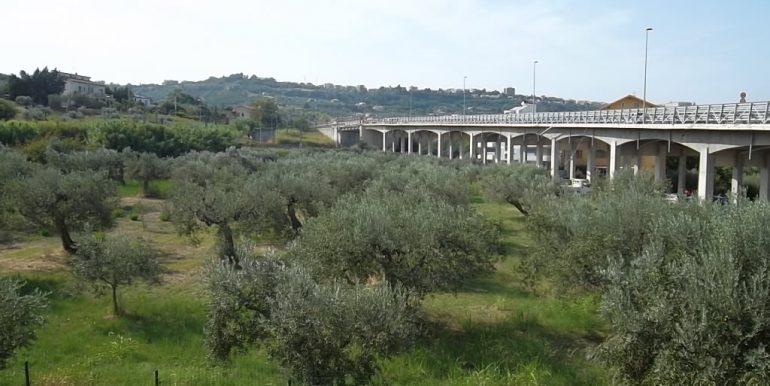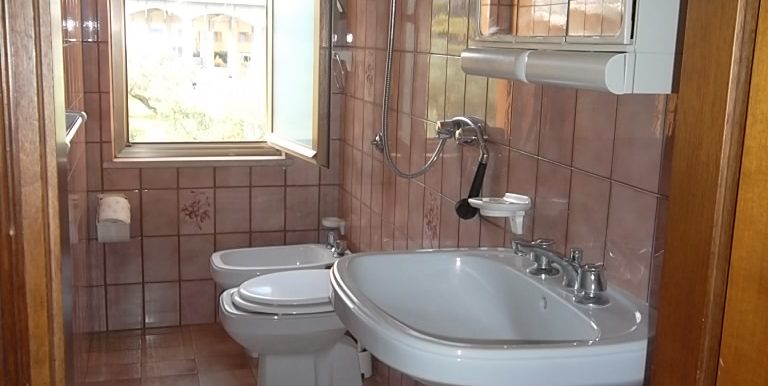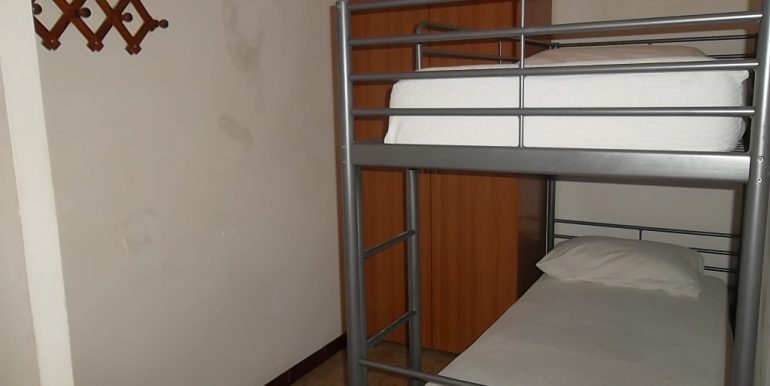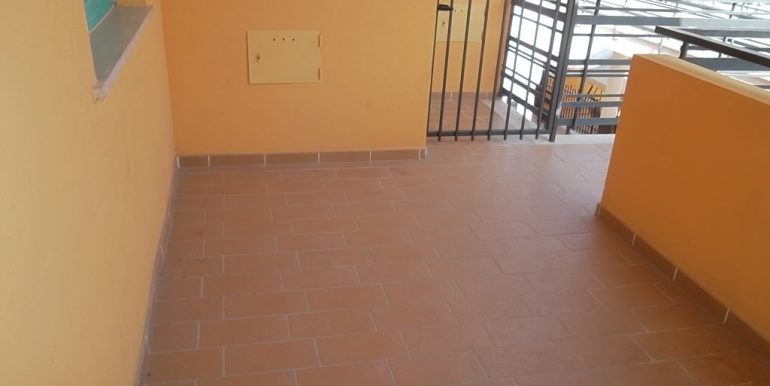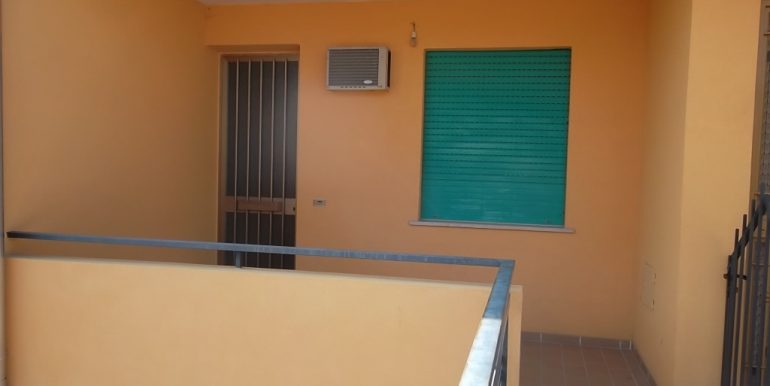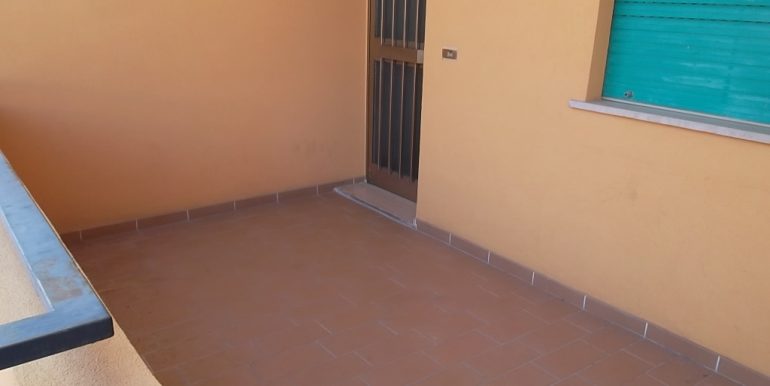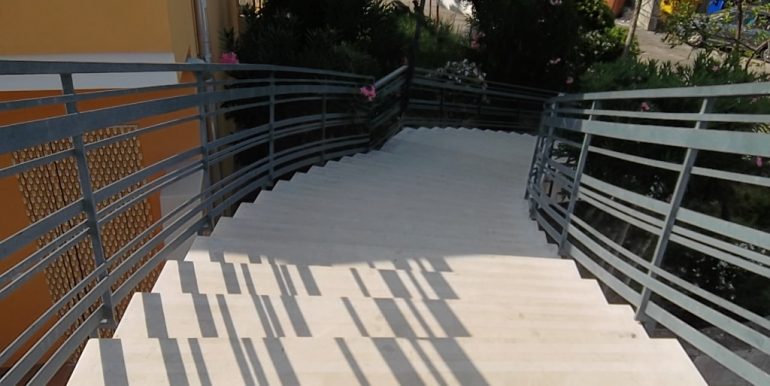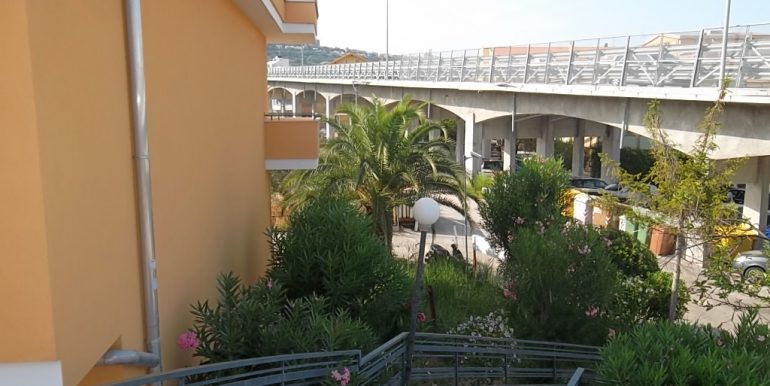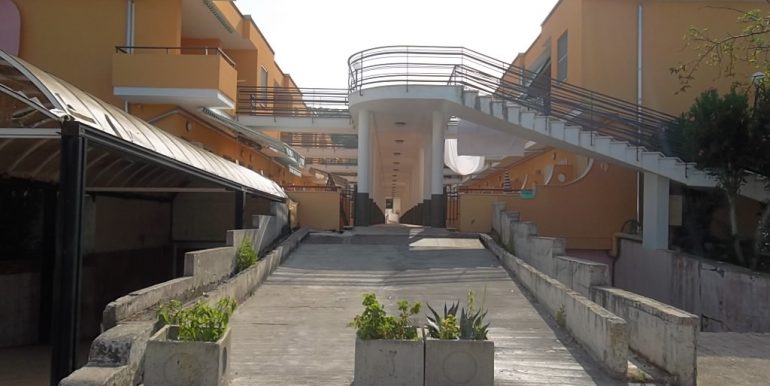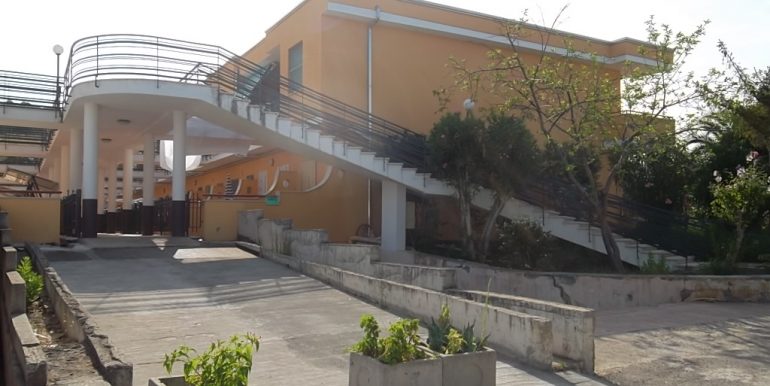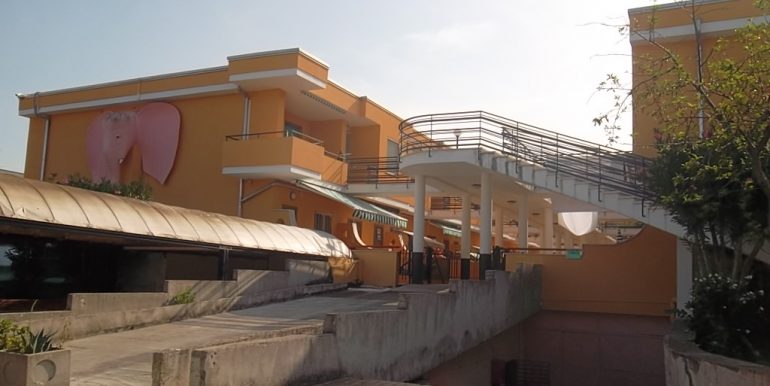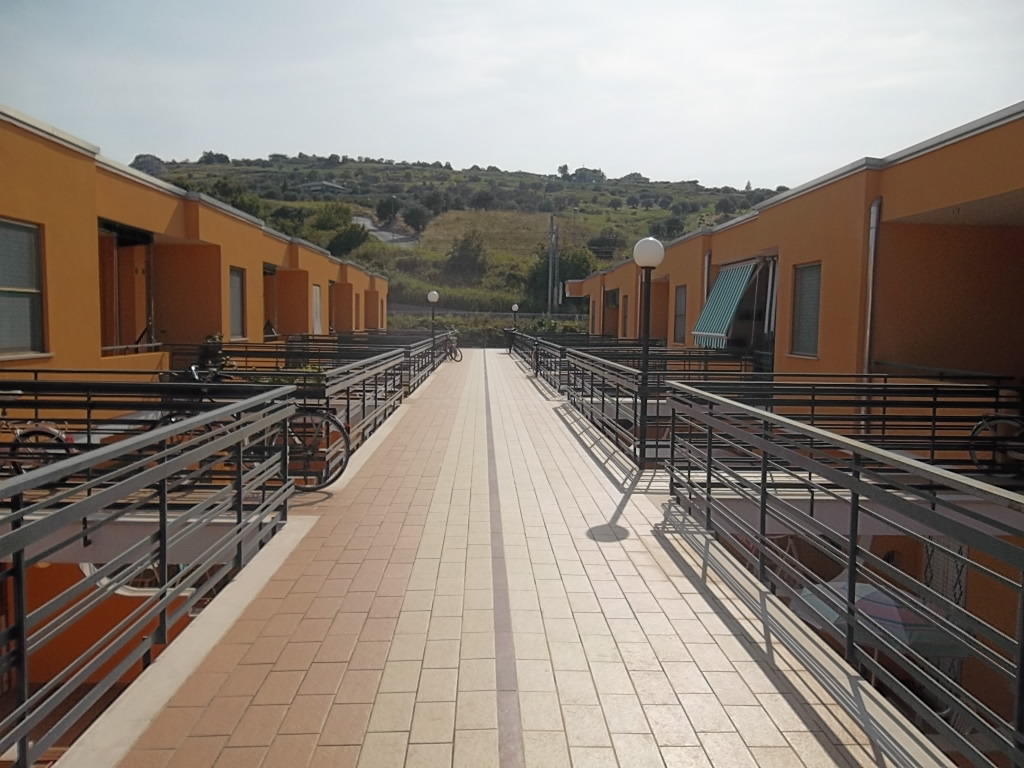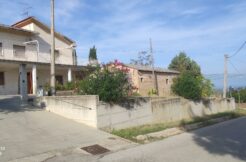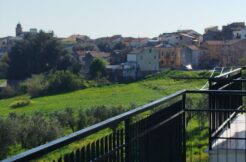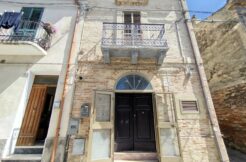Property ID : 1038
Sale €78.000,00 - Apartment
A marine Vasto, a short distance from downtown and the sea is for sale furnished apartment on the first floor.
Composition: porch, living area unique environment, bathroom, master bedroom, possibility of obtaining another closet
Parking: not assigned
Monthly charges: € 300 annuali
Surfaces: 47 sqm plus a small terrace
Class energetica: E EP 217,76
Year of construction: 1990
Price: € 78000 treatable
Distances: Pescara airport 70 km; town center 3 Km; sea in five minutes walk; impianti sciistici di Roccaraso 100 Km
City Vasto:
Abruzzo is the last city on the southern Adriatic coast in Trabocchi Coast, on the border with Molise. Far 30 km from Termoli, 48 the Ortona, 43 the Lancaster, 76 the Chieti.
A seaside resort with reported a candle in the Blue Guide of Legambiente
Blue Flag Beaches 2007 (Vasto Marina and Punta Penna)
Stations and railway: railway station Vasto-San Salvo; Port of Vasto
Museums in the town of Vasto: Civic Museum of Palazzo d'Avalos: Archeological Section; Civic Museum of Palazzo d'Avalos: Art Gallery and Museum of Costume
Castles and fortifications: Castle Caldoresco
Churches and Sanctuaries: Shrine of St. Mary the Crowned: Friars Minor Capuchin; Church of St. Anthony; Church of Santa Maria Maggiore (1100 about); Church of Santa Maria del Carmine; Cathedral of St. Joseph
The name probably derives from the Lombard expenditure O failure (gastaldato), division of the territory during the Lombard domination (It began in the last quarter of the sixth century).
One legend has it that the city was called Histon Diomede and it was originally inhabited by tribes from Dalmatia. Certainly the territory currently belonging to the municipality of Vasto (Punta Penna) They settled in the age unknown Frentani, who came into close contact with the Samnites and the Greek colonies of southern Italy and Sicily (including Syracuse). The Frentani definitely entered the Roman orbit with the status of federal (ie allies), between the late fourth and early third century B.C.. After the Social War the town that had been formed a few kilometers south of Punta Penna became Roman municipality, ed Histon fu latinizzato in Histonium.
After the collapse of the Roman Empire of the West the city declined, passing in power before the Ostrogoths, then the Byzantines and finally the Lombards. It became part of the Duchy of Benevento, It was conquered and destroyed by the Franks in 802. Back in the years following the dukes of Benevento, It was rebuilt as a fortified town on the pre-existing ruins of the town. Between the thirteenth and nineteenth centuries it was part, together with its region of belonging, the Kingdom of Naples that after the union's Kingdom Sicily He was called Kingdom of the Two Sicilies.
In Angevin fief was the Caldora, passing immediately after the advent of the Aragonese dynasty d'Avalos (late fifteenth century) who built the eponymous palace, later destroyed by the Turks (sixteenth century). In 1710 It was officially given the title of city. Until its annexation to the Kingdom of Italy (1861) He was part of Abruzzo Hither. In 1938 will of Mussolini was officially renamed Istonio, in homage to the Latin name used in Roman times, to return to be called in Vasto 1944, after the liberation of the city. In 1940-1943 on the coast of Vasto (Istonio Marina) It worked a concentration camp for antifascist and Slavs.
In the Second World War, between February and June 1956, Vasto was devastated by a series of landslides caused by the large amount of precipitation, Also snowy character, which they were produced in those months. A part of one of the oldest quarters of the historic center sank downstream, seawards. They went destroyed some public and religious buildings of great architectural value, including St. Peter's church, the Middle Ages, plus about a hundred and fifty private accommodation. The immediate evacuation of residents from the affected area, immediately after the first landslide 22 February 1956, avoided, however, that they would produce civilian casualties.

